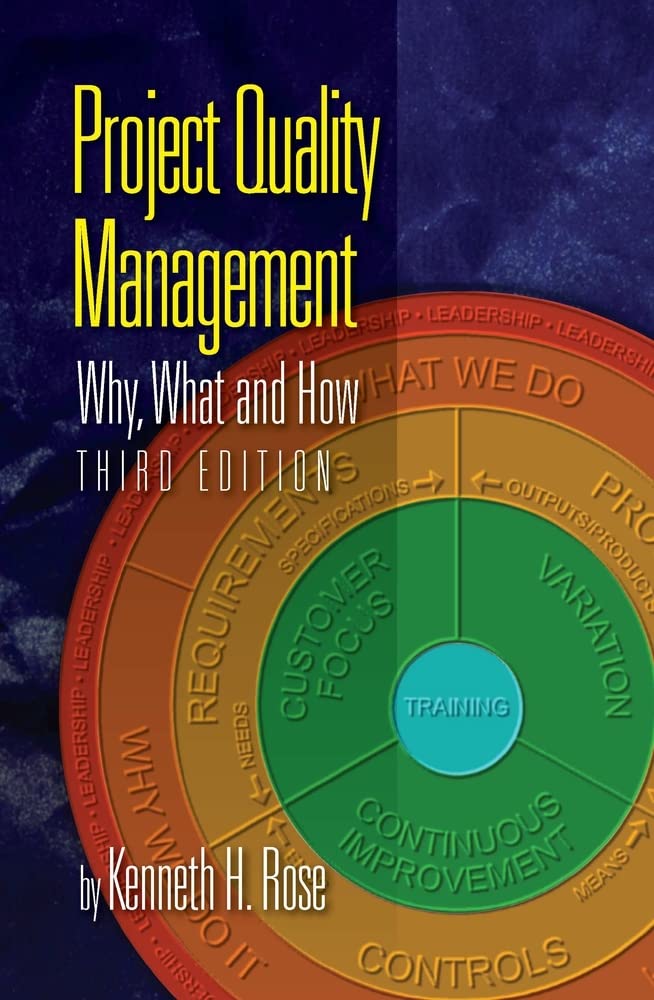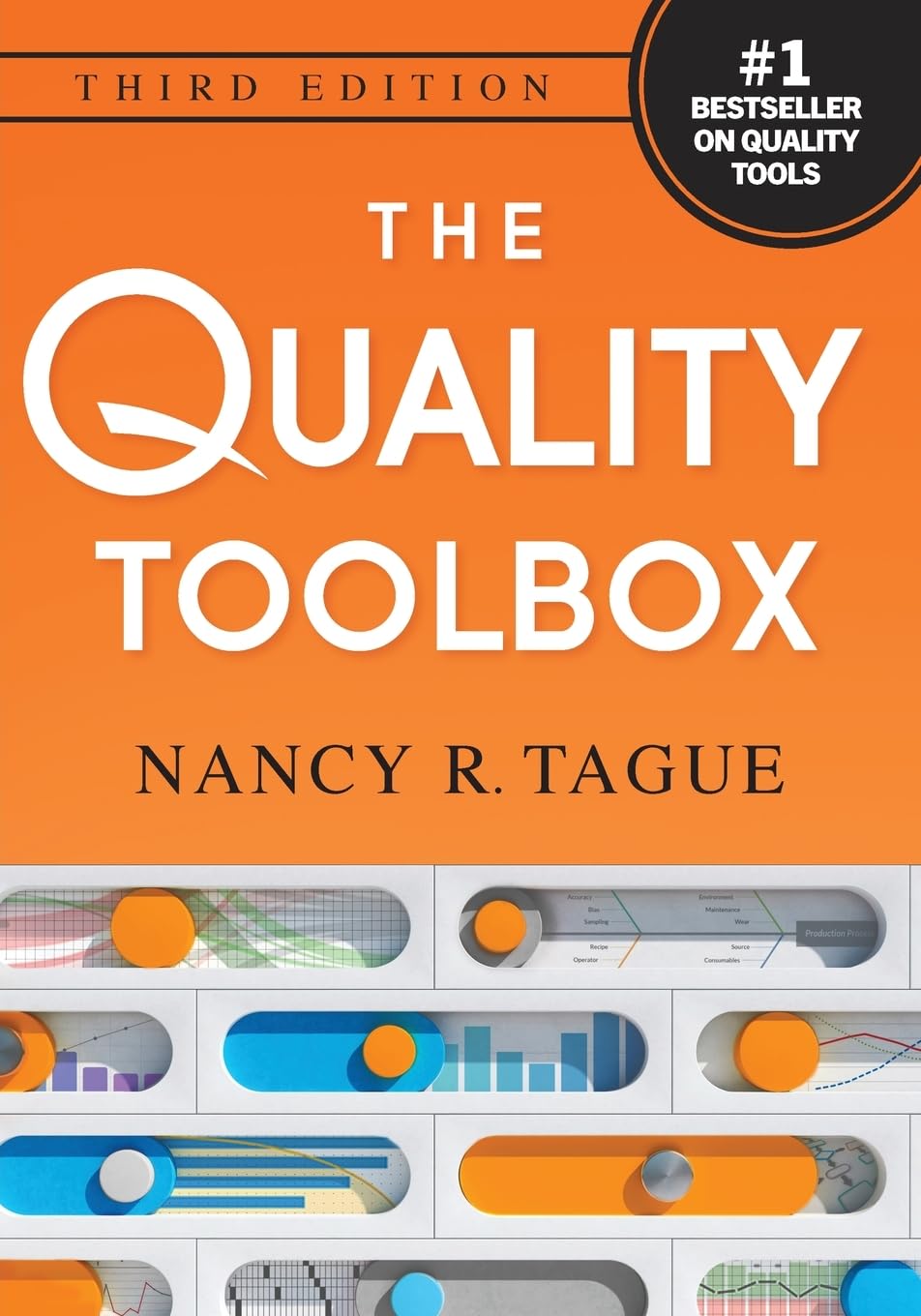
Control Quality
What is Control Quality?
Control Quality is a process in project management that involves monitoring and measuring specific project results to ensure they meet the established quality standards. It is part of the quality management knowledge area and occurs throughout the project lifecycle. This process focuses on verifying that deliverables are correct, complete, and aligned with quality requirements as defined in the project plan.
The primary goal of Control Quality is to identify and correct defects before deliverables are handed off or accepted. This includes inspecting outputs, testing products or services, and analyzing performance data to ensure quality and reliability. By doing so, project teams can maintain consistency, reduce errors, and improve customer satisfaction. The process also helps ensure that the project stays on track by addressing quality issues early.
Control Quality is different from Quality Assurance, which focuses on process improvement. While Quality Assurance ensures the right processes are in place, Control Quality confirms that the outputs meet those process standards.
Key Points
- Control Quality involves inspecting and verifying deliverables against defined quality standards.
- The process uses tools such as checklists, control charts, statistical sampling, and inspections.
- It helps identify root causes of defects and supports continuous improvement.
- It is essential for stakeholder satisfaction and project success.
- It occurs regularly during the execution and monitoring phases of the project.
Related Terms
- The process of Quality Assurance focuses on improving and managing the methods used to create project deliverables.
- A Quality Management Plan outlines the quality requirements and procedures to ensure outputs meet stakeholder expectations.
- Scope Validation involves reviewing deliverables with the customer to confirm they meet the project scope and acceptance criteria.
- Risk Management helps identify potential quality risks and outlines steps to reduce their impact.
- Change Control ensures that project teams review any changes to deliverables for quality implications before implementation.
Control Quality: Example
A construction project team performs routine inspections on the materials used for a new building. During one inspection, they find that a batch of concrete does not meet the required strength rating. By detecting this early through Control Quality procedures, the team rejects the batch and prevents future structural issues, saving both time and costs.
Control Quality: Best Practices
- Establish clear, measurable quality criteria as early as possible in the project.
- Use standardized tools, such as checklists and templates, to guide inspections effectively.
- Document and track quality metrics consistently throughout the project to ensure consistency and accuracy.
- Involve stakeholders in the review process to ensure alignment of expectations.
- Continuously review quality data to identify trends and opportunities for improvement.
Additional Resources
Preparing for a PMI certification?
- Exam Prep Courses: PMP®, CAPM®, and PMI-ACP®
- Exam Simulators: PMP®, CAPM®, PMI-ACP®, PMI-PBA®, PMI-RMP®, PMI-SP®, PgMP®, and PfMP®
- Professional Development Units (PDUs): 15, 30, and 60 PDU Bundles




